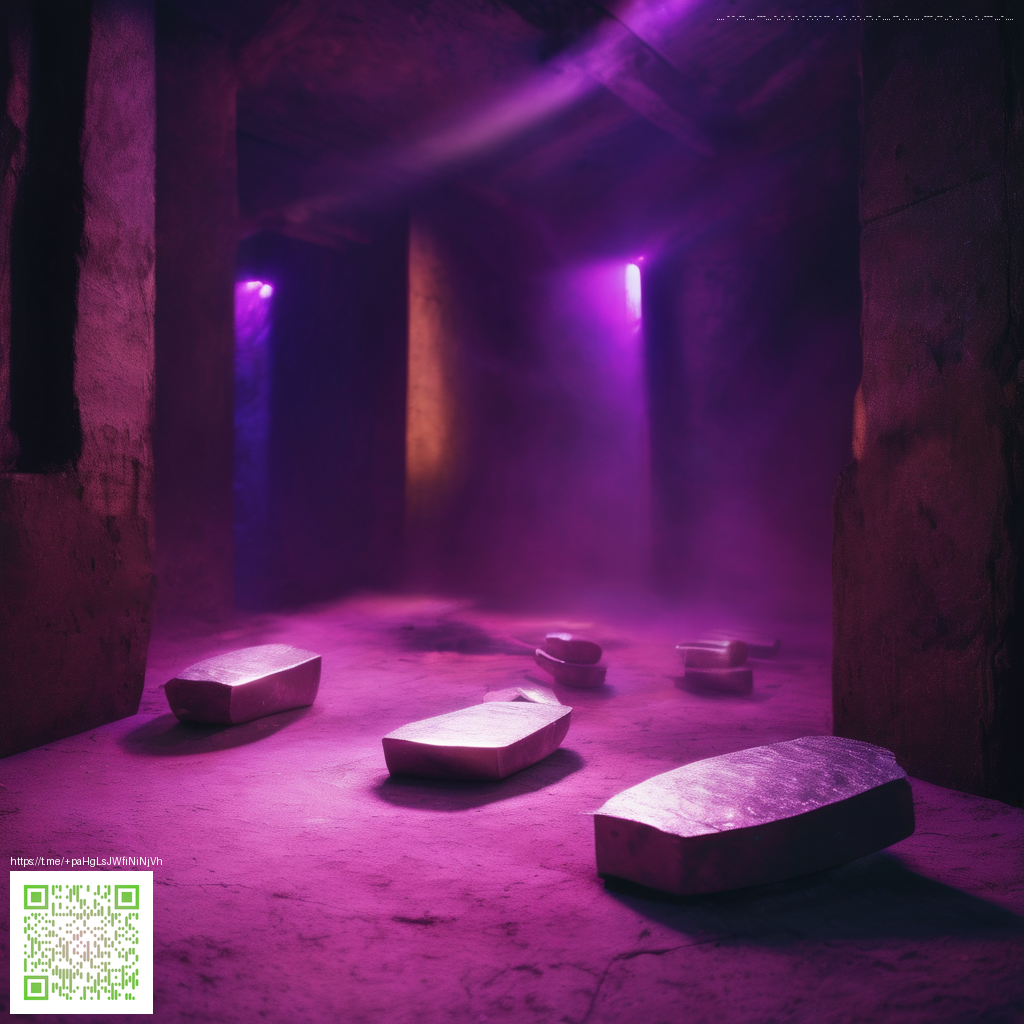
Crafting with Digital Paper in Canva: A Practical Guide
Digital paper textures bring depth and tactility to otherwise flat designs. In Canva, you can layer these textures to simulate a real-world surface—think parchment, linen, marble, or geometric patterns—that responds to light and color in engaging ways. This guide walks you through practical steps to weave digital paper into your Canva workflows, so every project feels intentional and polished.
Start with the Right Texture
Choose textures that harmonize with your color palette. For brands leaning toward cool neutrals, subtle linen or speckled papers with blue-gray undertones work beautifully. For bolder campaigns, consider high-contrast marbled textures or metallic-style overlays. The goal is texture that enhances readability and mood without competing with your content. If you’re exploring accompanying visuals that align with this aesthetic, you can view the product here: https://shopify.digital-vault.xyz/products/phone-case-with-card-holder-magsafe-polycarbonate-1
Importing and Layering in Canva
In Canva, begin by uploading your chosen digital paper. Set it as the bottom layer and adjust its transparency so the texture adds warmth without overpowering text or imagery. Add your main visuals on top, then anchor the composition with geometric shapes or color blocks. Use Canva’s alignment guides to position the texture behind key elements, creating a cohesive, magazine-like feel. This approach works well for social graphics, flyers, and digital posters alike.
Enhance with Subtle Effects
Subtlety is key. A gentle increase in brightness or a soft contrast tweak can help textures stand out without looking busy. Consider applying light shadows or using a slightly darker variant of your paper as an underlayer to deepen the sense of depth. If you’re aiming for a print-ready finish, double-check export settings and color profiles to ensure the texture retains its nuance when shared or printed.
Practical Tips for Everyday Canva Projects
- Use digital paper as a background or as an overlay with careful transparency (commonly around 10–40%).
- Pair textures with a restrained color palette to preserve readability and focus.
- Combine with bold typography for striking posters or social graphics.
- Establish a consistent texture “theme” by reusing the same paper across multiple pages or cards.
- For product showcases, layer a product image over a light textured backdrop to add tactility without distraction.
In the real world of design, it helps to bridge the digital and tactile. If you’re curious about a product that embodies this balanced, textural vibe, you can explore a related option here: https://shopify.digital-vault.xyz/products/phone-case-with-card-holder-magsafe-polycarbonate-1. For further ideas and related discussions, this page offers additional inspiration: https://crypto-donate.zero-static.xyz/c0b70445.html.